
Not every dish at a buffet earns a chef’s stamp of approval, no matter how delicious it looks. Some seemingly innocent options actually carry health risks or just don’t hold up under close scrutiny. Want to make smarter choices next time you visit a buffet? Discover 10 foods chefs refuse to eat.
Raw Seafood
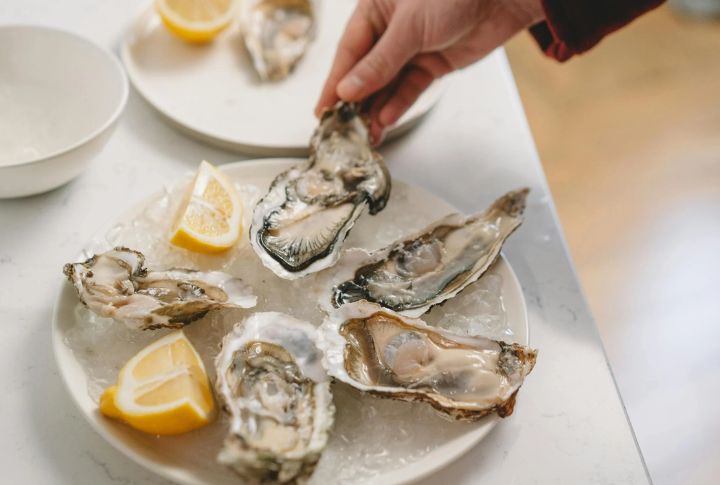
Dangerous bacteria such as Vibrio and Salmonella can multiply quickly when raw seafood is stored above 41°F. Buffets often fail to keep these items properly chilled, increasing the risk of foodborne illness. Gastrointestinal issues—nausea, vomiting, and diarrhea—are typical, but the consequences can be far worse for anyone with a weakened immune response.
Pre-Cut Melons
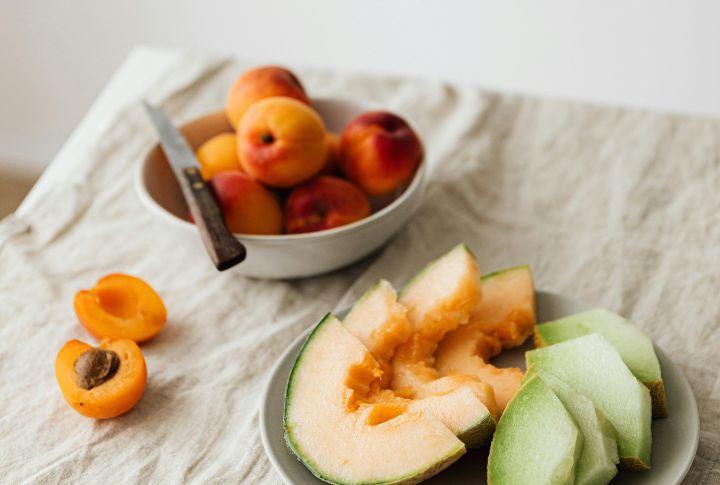
Pre-sliced melons like cantaloupe and honeydew can sit out too long, losing both their chill and crispness. Frequent handling and open display at buffets raise the chances of cross-contamination. Plus, nutrients like vitamin C degrade quickly after cutting, which lowers the overall health value of the fruit.
Cream Based Salads
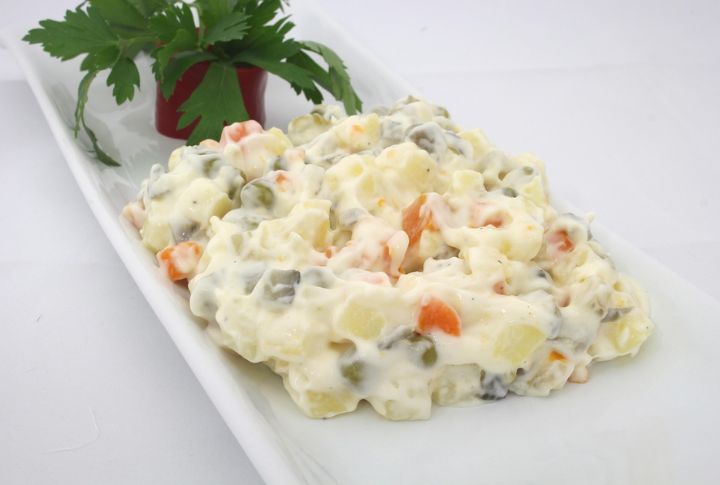
Cream-based salads with mayonnaise or creamy dressings lose their consistency and become soggy when exposed to ambient conditions for extended periods. The freshness of vegetables and herbs diminishes, affecting both flavor and dietary value. Prolonged exposure to heat or non-refrigerated settings can also cause oils in the dressing to break down.
Egg Dishes And Quiche
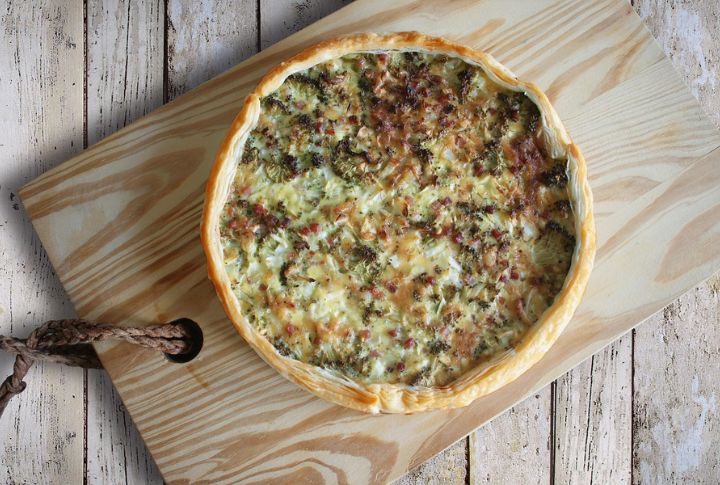
Egg-based dishes such as quiche are prone to drying out and developing a rubbery consistency after long durations without proper handling. This change in consistency often signals a loss of freshness and nutritional quality. Choosing egg dishes that appear moist and evenly cooked is a safer option for both taste and health.
Sushi

Raw fish in sushi can carry harmful pathogens, leading to foodborne illness. Improperly handled sushi may cause nausea, vomiting, and dehydration, which will require medical attention. Some parasites found in raw fish can also cause long-term digestive issues, potentially affecting gut health and resulting in chronic digestive problems.
Creamed Spinach
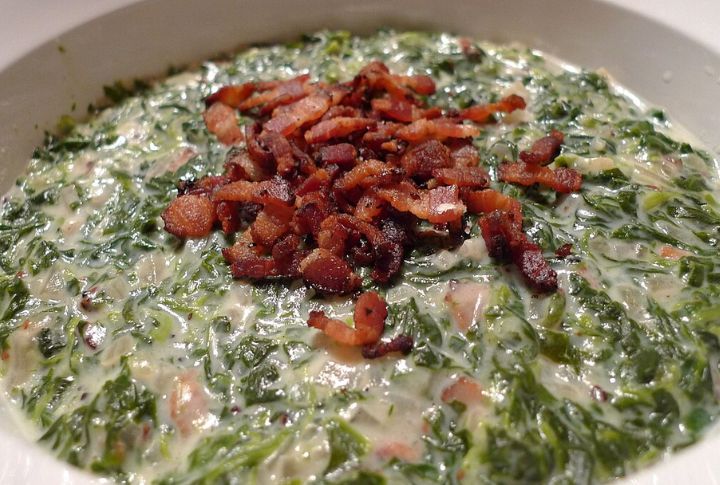
Creamed spinach’s dairy content makes it a breeding ground for harmful bacteria like Clostridium perfringens if not kept at safe temperatures. These pathogens can cause severe food poisoning with a rapid onset. Selecting fresh vegetables instead not only reduces illness risk but also provides higher nutrient quality and better taste.
Crab Legs
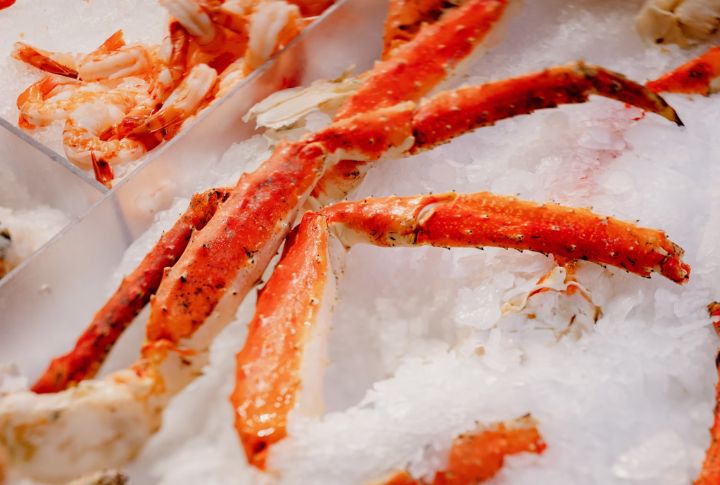
Buffet crabs are often touched by multiple diners and served with shared tongs or spoons, increasing the risk of bacterial contamination. Harmful microbes like Vibrio vulnificus and Staphylococcus aureus can thrive in such settings. For individuals with weakened immunity or health conditions, consuming these crabs may lead to serious illness, including vomiting and severe infections.
Ice Cream Bar
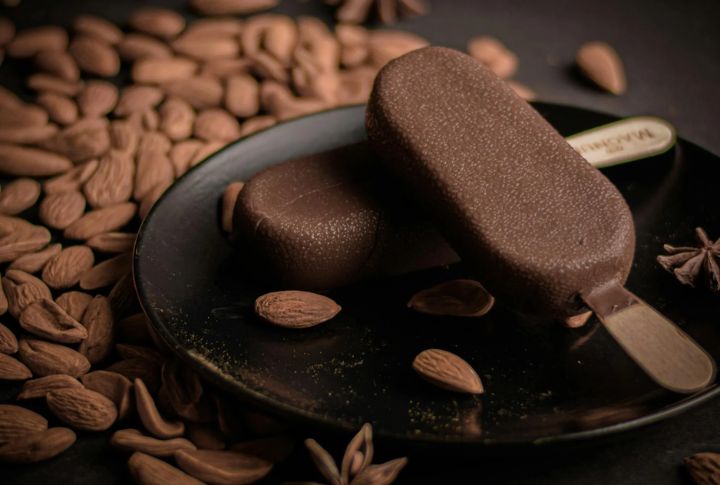
Repeated melting and refreezing of ice cream bars leads to a loss of quality and promotes the growth of psychrotrophic bacteria, which multiply even at low temperatures. Toxins produced during this process remain active despite freezing, and this poses hidden health risks to consumers.
Ambrosia Salad
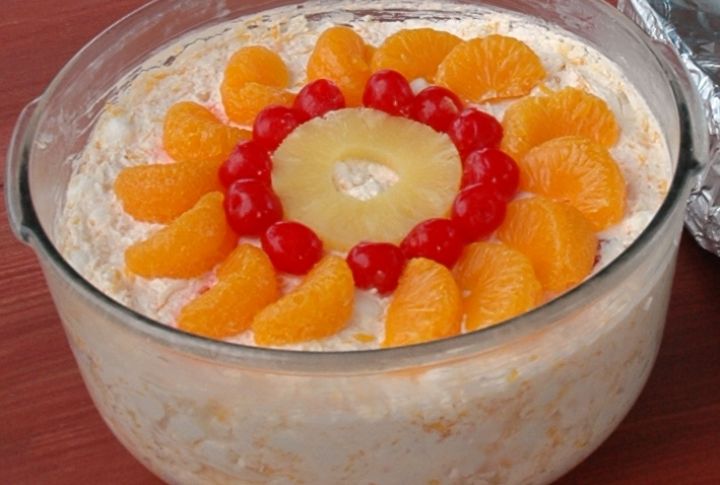
The fruity, creamy layers in ambrosia salad break down quickly under buffet conditions. Acidity from pineapple and mandarin oranges can curdle the dairy base, leading to a separated, runny mess. It might seem like a sweet treat, but it’s often a textural gamble.
Stuffed Pasta Dishes
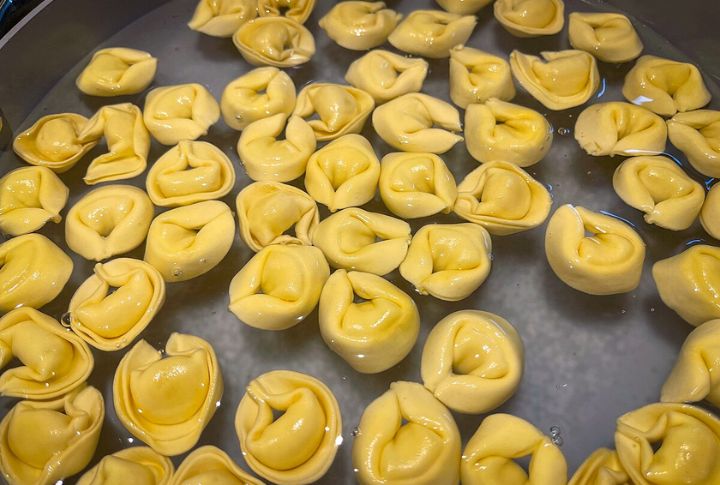
Buffet conditions aren’t kind to stuffed pasta. Prolonged exposure to heat lamps causes the pasta to dry out or stick together, while the fillings lose their creaminess or moisture. The result is a dense and rubbery mess—not something you’d expect from a dish meant to feel indulgent.
Leave a comment